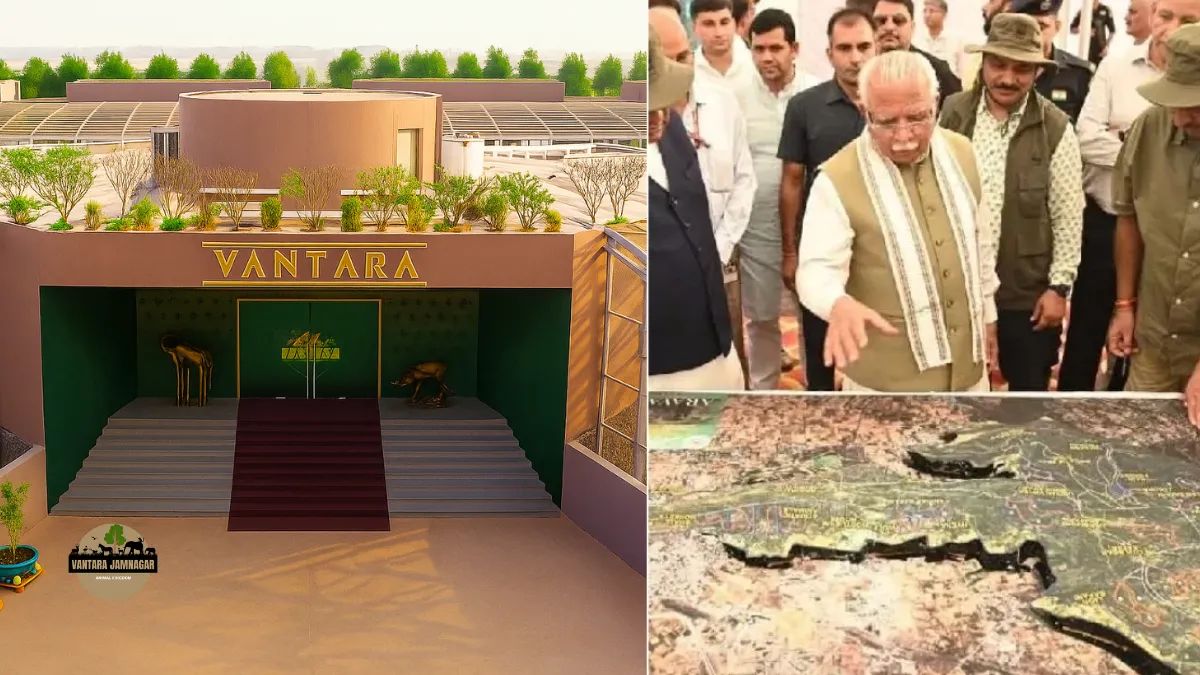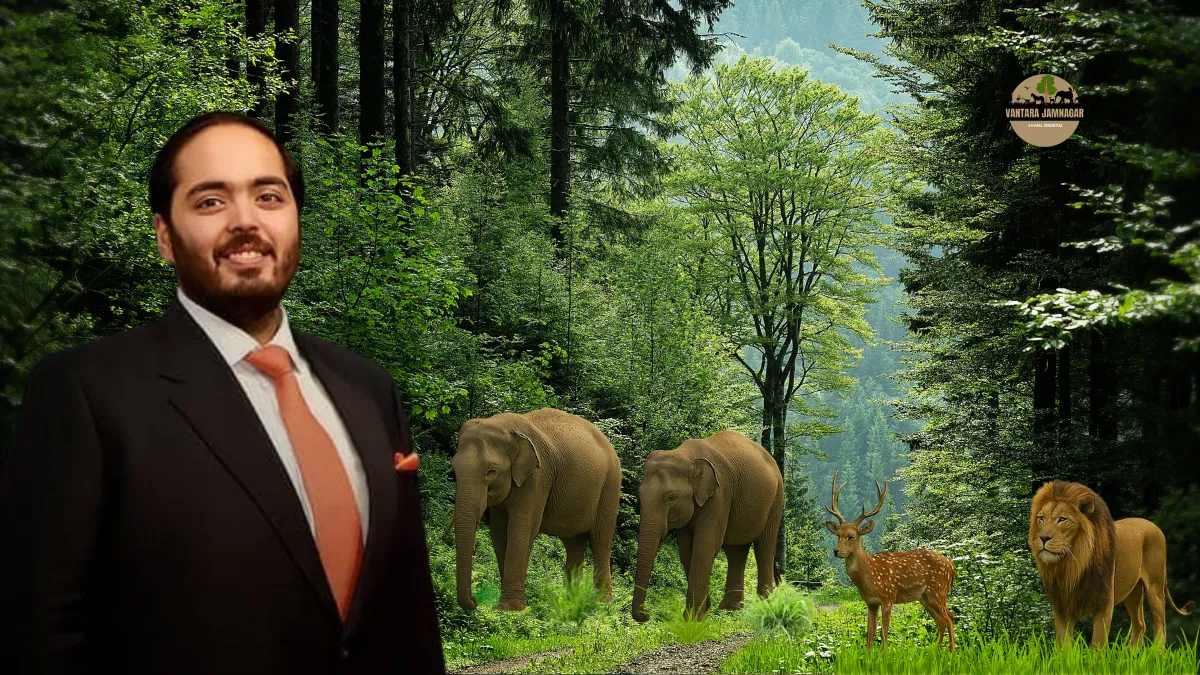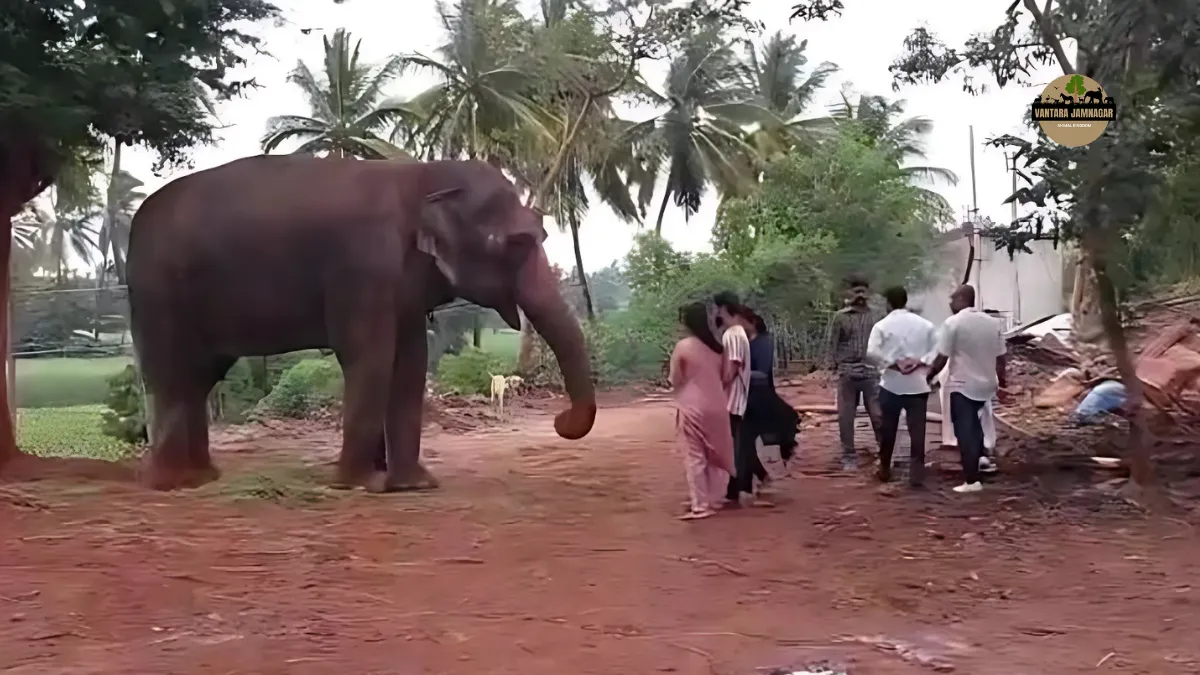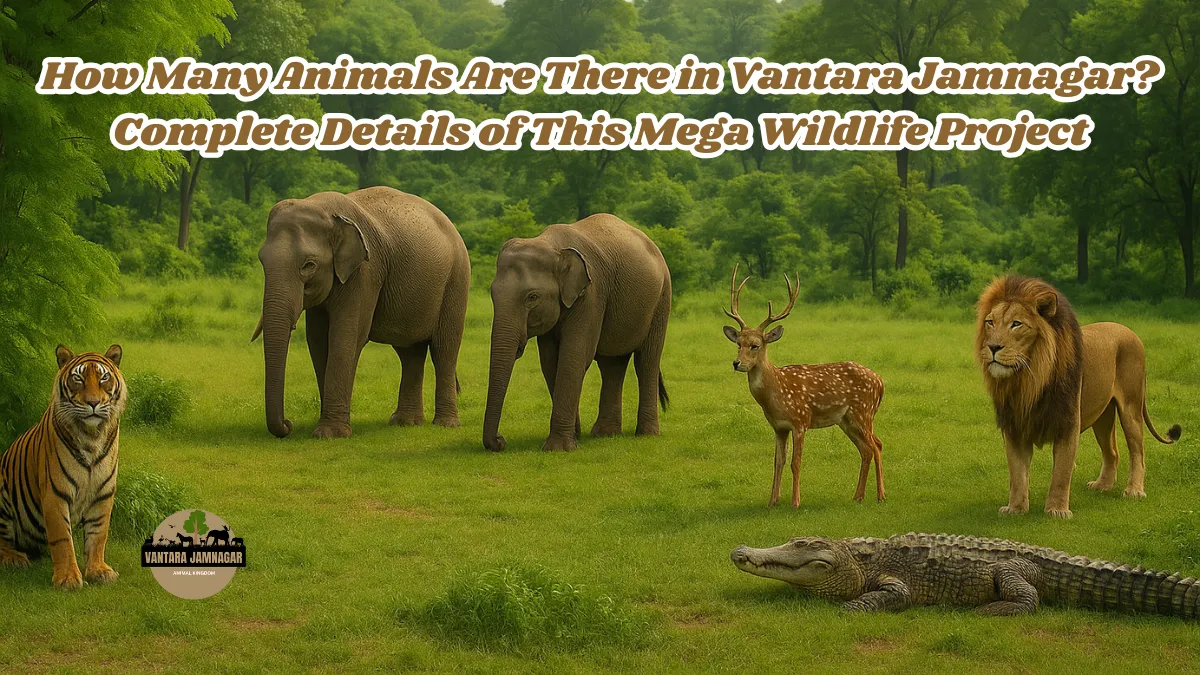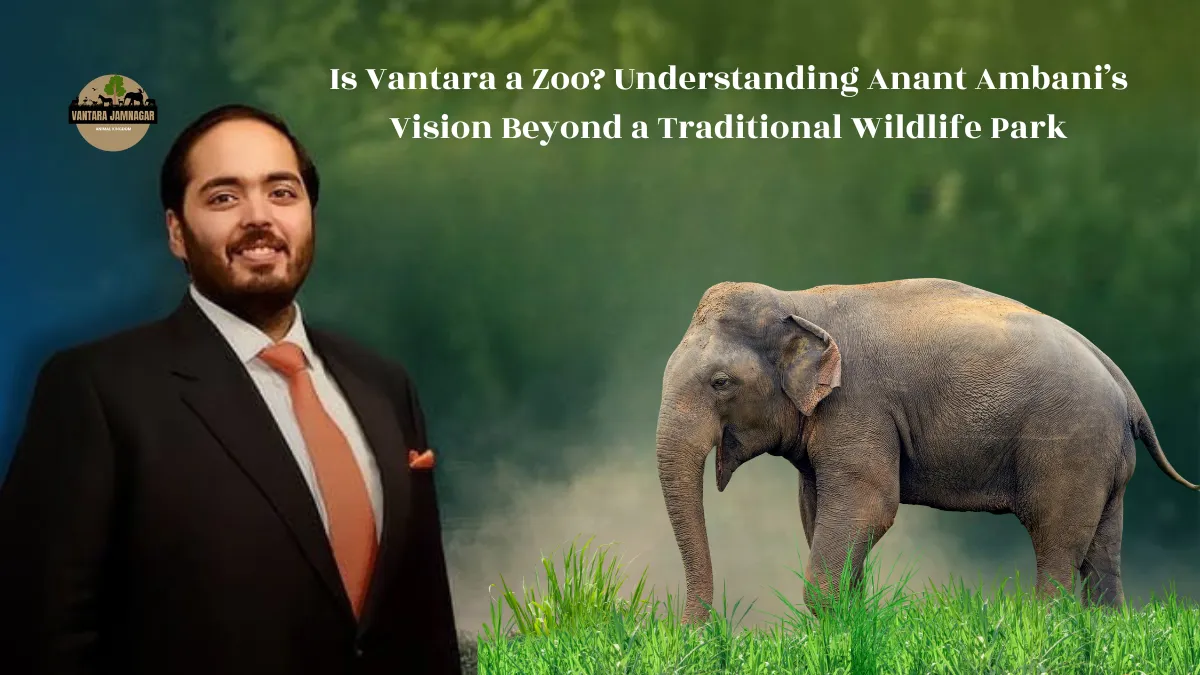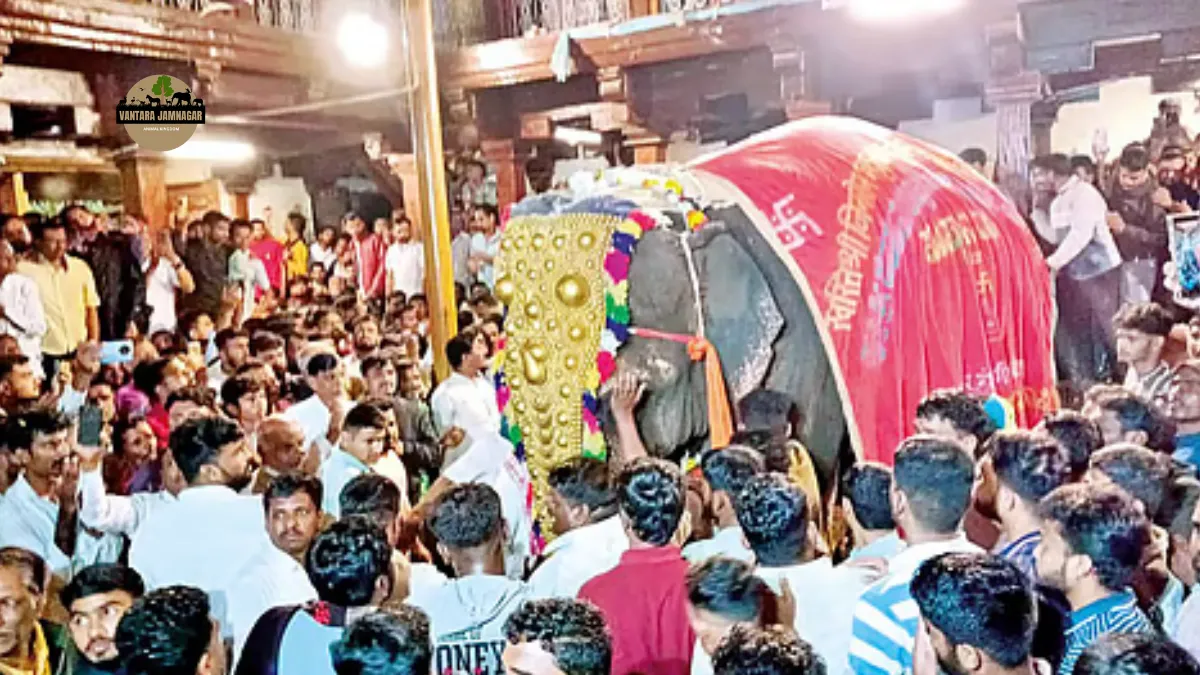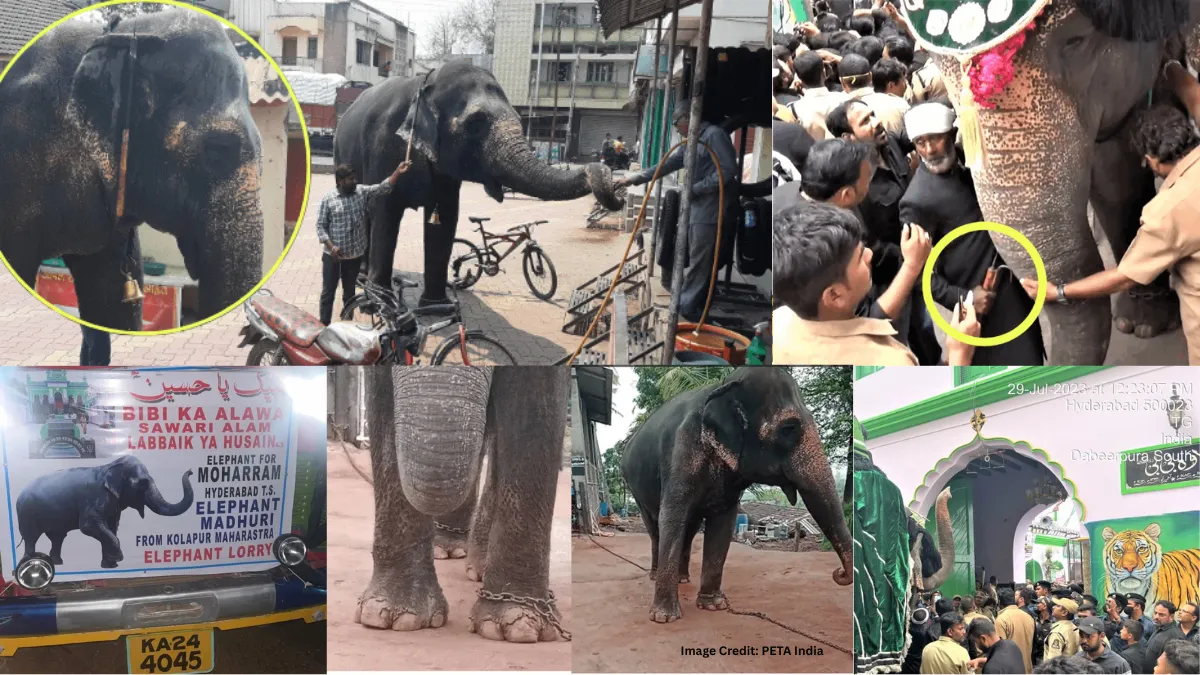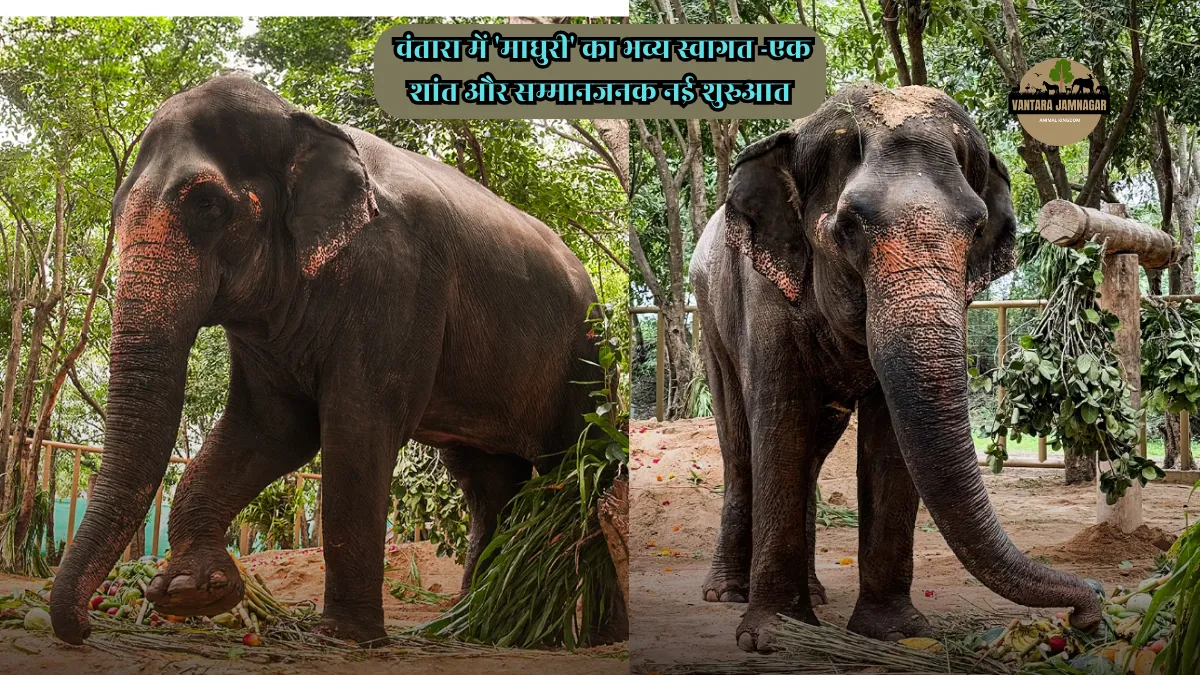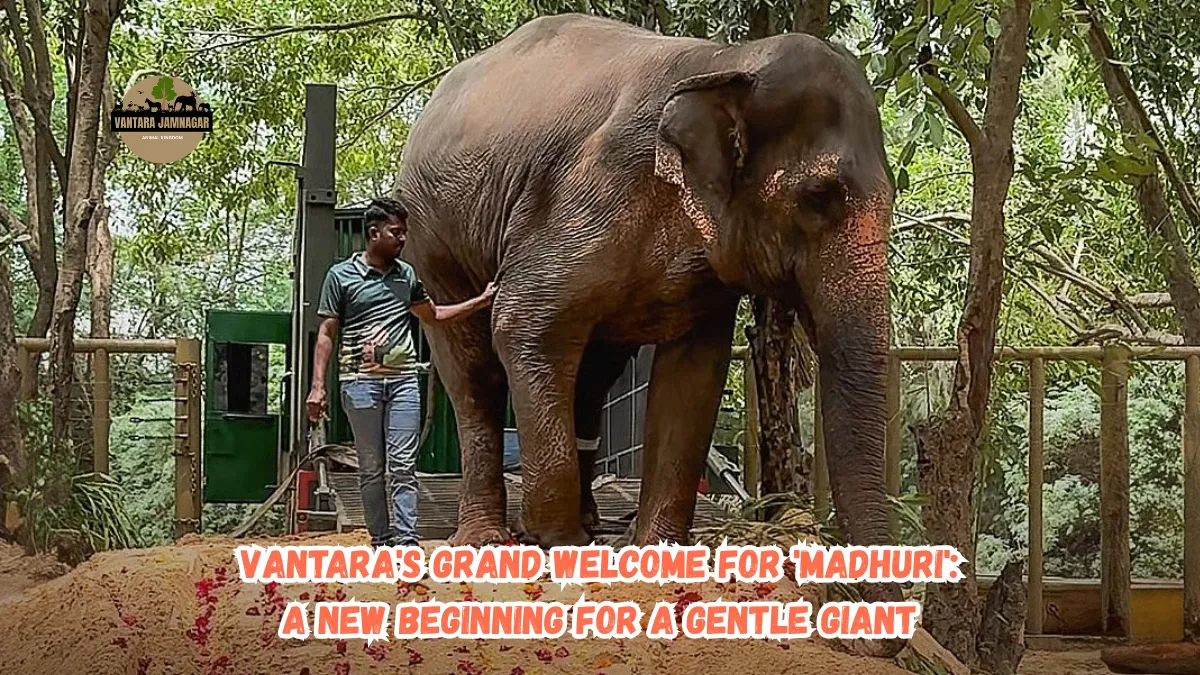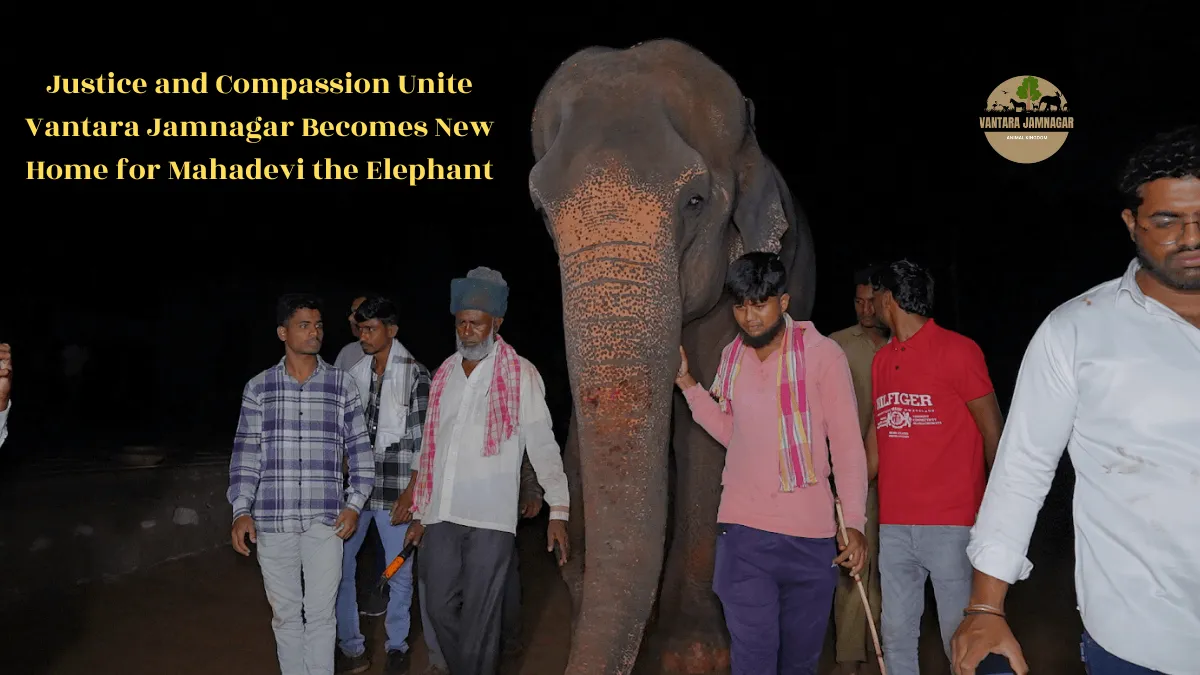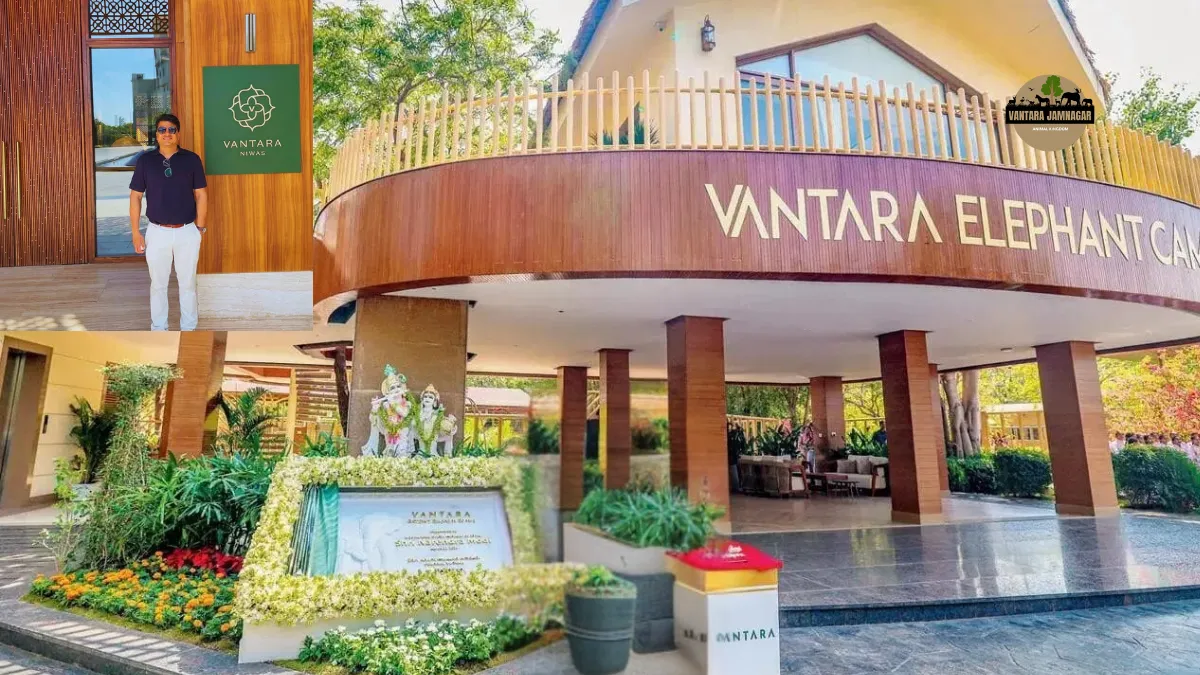The Aravali Jungle Safari, planned over a sprawling 10,000 acres in the Aravali mountain range of Gurugram and Nuh districts, is set to become the largest jungle safari park globally. The Haryana government has appointed the renowned Vantara team to prepare the Detailed Project Report (DPR) for this ambitious venture. This safari park aims to set new standards in wildlife conservation, eco-tourism, and biodiversity protection.
The Vantara team, famous for developing India’s premier wildlife rescue centre in Jamnagar, Gujarat, has already conducted a site survey of the proposed location. With their expertise, the DPR for Aravali Jungle Safari will be developed to ensure global benchmarks are met in terms of animal welfare, environmental sustainability, and tourism experience.
How Vantara’s Expertise Will Shape Aravali Jungle Safari
Vantara, a wildlife welfare project initiated by Anant Ambani under the Reliance Group, spans across 3,000 acres and serves as a sanctuary for rescued and endangered animals. It combines veterinary care, habitat simulation, and eco-tourism, making it a globally recognized model.
Bringing this expertise to the Aravali Jungle Safari, the Vantara team is expected to design a project that aligns with the ecological sensitivity of the region. The Haryana Forest Department has already created preliminary designs showing plans for large enclosures, between 50 to 100 acres each, capable of housing multiple species in safe and enriching environments. These designs will serve as a foundation for Vantara’s DPR preparation.
High-Level Site Inspection by Central Ministers
In a significant development, Union Ministers Manohar Lal and Bhupender Yadav, along with Haryana’s Forest and Environment Minister Rao Narbir Singh, visited the site to review ground realities. They assessed the feasibility of developing wildlife habitats and discussed infrastructure needs for the park.
Union Environment Minister Bhupender Yadav expressed confidence in the project’s potential, assuring that the central government will provide full support. According to him, Aravali Jungle Safari will not only promote eco-tourism but also become a model for conservation efforts across India.
Aravali Jungle Safari Development Plan in Phases
The project will be executed in four phases, with each phase covering approximately 2,500 acres. This structured approach allows for meticulous planning, ensuring that wildlife, environment, and tourism objectives are addressed in every stage. On-ground work is expected to commence soon after the DPR is finalized.
Haryana’s Forest Minister Rao Narbir Singh emphasized the importance of Vantara’s involvement, highlighting that their experience in developing the Jamnagar wildlife sanctuary will be instrumental in making the Aravali Jungle Safari a world-class destination.
Focus on Wildlife Health and Eco-Tourism Infrastructure
One of the core elements of the safari park will be a dedicated veterinary hospital, designed to provide specialized care for injured and rescued animals. This hospital will follow the successful model established by Vantara in Jamnagar.
Union Minister Manohar Lal pointed out that the Aravali range’s scenic beauty and rich biodiversity will be preserved and enhanced through this project. The park will feature state-of-the-art facilities to provide an immersive experience for visitors, combining wildlife observation with educational and conservation messages.
Additionally, the project aims to create significant employment opportunities for the local community through roles in construction, maintenance, tourism services, and wildlife management.
Eco-Restoration with Indigenous Plant Species
A unique focus of the Aravali Jungle Safari is the ecological restoration of the Aravali hills. Invasive species like Vilayati Babul (Prosopis juliflora) will be removed carefully to avoid any ecological disruption. These will be replaced with native plants and trees, restoring the natural habitat and promoting biodiversity.
The safari park will feature four main entry points for visitors, strategically located for accessibility. These gates will be positioned near Sohna (Delhi-Mumbai Expressway), Tawddu-Sohna Road, near Naurangpur, and Sakatpur village. Each entry will be equipped with visitor amenities, parking, and eco-friendly transport options to navigate the vast safari area.
Transforming Aravali into a Global Wildlife Tourism Hub
The Aravali Jungle Safari is not just a tourism project; it is a vision to create a sustainable model that balances wildlife conservation, eco-tourism, and community development. With Vantara’s involvement, the safari park will incorporate best practices in animal care, habitat creation, and environmental management.
This project is expected to place Haryana on the global map of wildlife tourism, attracting visitors from across the world while simultaneously educating them about India’s rich biodiversity and conservation efforts.
Also read: Vantara Ambani: जानिए अनंत अंबानी का वन्यजीवों के लिए बनाया गया दुनिया का सबसे बड़ा रेस्क्यू सेंटर
Project Highlights of Aravali Jungle Safari
| Aspect | Details |
|---|---|
| Project Name | Aravali Jungle Safari |
| Location | Aravali Hills, Gurugram & Nuh, Haryana |
| Total Project Area | 10,000 Acres |
| DPR Developer | Vantara Team (Reliance Group) |
| Development Phases | 4 Phases of 2,500 Acres Each |
| Key Facilities | Wildlife Enclosures, Animal Hospital, Eco-tourism Zones |
| Visitor Entry Points | Sohna (Expressway), Tawddu-Sohna Road, Naurangpur, Sakatpur |
| Environmental Efforts | Removal of Invasive Species, Native Plant Restoration |
| Government Support | Central Government Funding & Technical Assistance |
| Job Opportunities | Local Employment in Construction, Tourism, Wildlife Services |
Also read: Prime Minister launches Aravali Green Wall Project’: पर्यावरण संरक्षण की दिशा में ऐतिहासिक कदम
Conclusion
The Aravali Jungle Safari is an ambitious step towards transforming India’s approach to wildlife conservation and eco-tourism. With the collaboration of Vantara, this safari park is set to become a global example of how sustainable tourism can coexist with environmental preservation. Once completed, the safari will not only attract nature enthusiasts from around the world but will also serve as a critical centre for wildlife education, research, and community empowerment.

